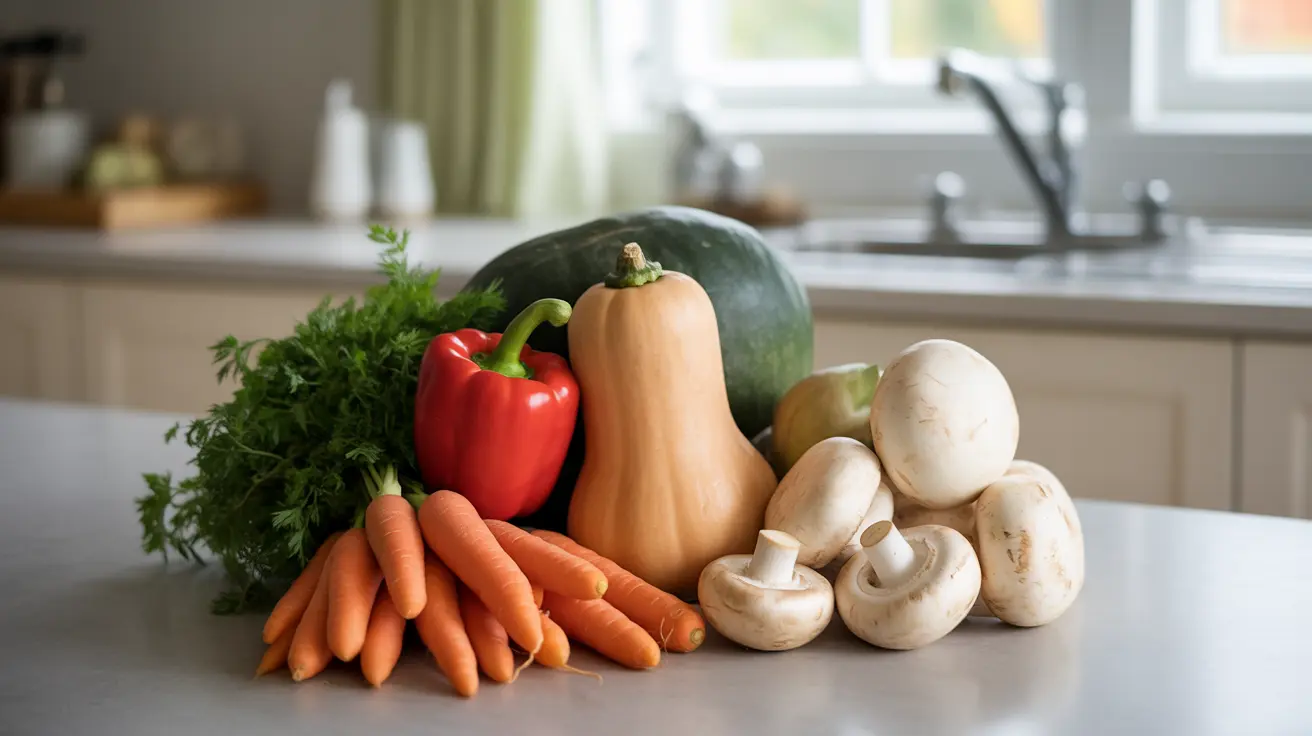Living with a tomato allergy can significantly impact your daily life, especially given how common tomatoes are in modern cuisine. This condition, while less common than some other food allergies, requires careful attention to diet and lifestyle choices to prevent allergic reactions and maintain good health.
Whether you've recently discovered your tomato allergy or are seeking better ways to manage it, understanding the condition's complexities is crucial for your well-being. Let's explore everything you need to know about tomato allergies, from identifying symptoms to finding practical solutions for daily living.
Understanding Tomato Allergy Symptoms
Tomato allergies can manifest through various symptoms, ranging from mild to severe. Common reactions typically appear within minutes to a few hours after consumption or exposure to tomatoes.
Skin Reactions
The most common manifestations include:
- Hives or urticaria
- Skin redness and irritation
- Eczema flare-ups
- Itching around the mouth or throat
Digestive Symptoms
Gastrointestinal reactions may include:
- Nausea and vomiting
- Abdominal cramping
- Diarrhea
- General stomach discomfort
Respiratory Issues
Some individuals might experience:
- Wheezing
- Coughing
- Nasal congestion
- Difficulty breathing in severe cases
Diagnosis and Testing Methods
Professional medical diagnosis is essential for confirming a tomato allergy. Healthcare providers typically use several approaches to make an accurate diagnosis:
Diagnostic Procedures
Common testing methods include:
- Skin prick tests
- Blood tests for specific IgE antibodies
- Oral food challenges under medical supervision
- Detailed medical history evaluation
Treatment and Management Strategies
While there's no cure for tomato allergies, several effective management strategies can help control symptoms and prevent reactions:
Immediate Treatment
For acute reactions, treatments may include:
- Antihistamines for mild symptoms
- Emergency epinephrine for severe reactions
- Topical treatments for skin reactions
- Oral medications for digestive symptoms
Long-term Management
Successful long-term management involves:
- Strict avoidance of tomatoes and tomato-based products
- Careful label reading
- Having an emergency action plan
- Wearing medical alert jewelry if reactions are severe
Related Food Allergies and Cross-Reactions
Tomato allergies often coincide with sensitivities to other nightshade family members. Understanding these relationships can help in managing your overall health and dietary choices.
Safe Dietary Alternatives
Adapting your diet doesn't mean sacrificing flavor. Consider these tomato alternatives:
- Red bell peppers for color and sweetness
- Carrots or butternut squash for soup bases
- Pesto or olive oil-based sauces
- Umami-rich alternatives like mushrooms
Frequently Asked Questions
What are the common symptoms of a tomato allergy and how soon do they appear after eating tomatoes?
Symptoms typically appear within minutes to a few hours after exposure and can include hives, itching, digestive issues, and respiratory problems. In some cases, symptoms may develop immediately upon contact with tomatoes.
How is a tomato allergy diagnosed by doctors?
Doctors diagnose tomato allergies through a combination of skin prick tests, blood tests for specific antibodies, and carefully supervised oral food challenges. They also consider the patient's medical history and reported symptoms.
What treatments are available for managing tomato allergy symptoms?
Treatment options include antihistamines for mild reactions, emergency epinephrine for severe cases, and topical treatments for skin reactions. The primary management strategy is strict avoidance of tomatoes and tomato-containing products.
Can people with tomato allergy also react to other foods like potatoes or eggplants?
Yes, some people with tomato allergies may also react to other nightshade family members, including potatoes, eggplants, and peppers. This is known as cross-reactivity, though not everyone with a tomato allergy will experience it.
How can I safely avoid tomatoes and tomato-based products in my diet?
Read food labels carefully, inform restaurants about your allergy, learn common tomato-containing products (ketchup, pasta sauce, pizza), and prepare meals at home using safe alternatives. Always carry emergency medication if prescribed by your healthcare provider.




